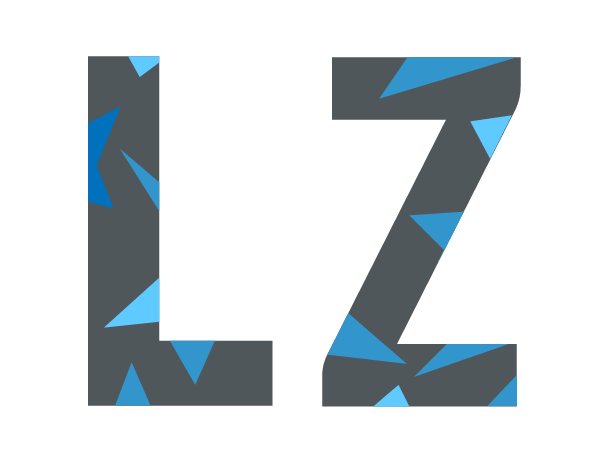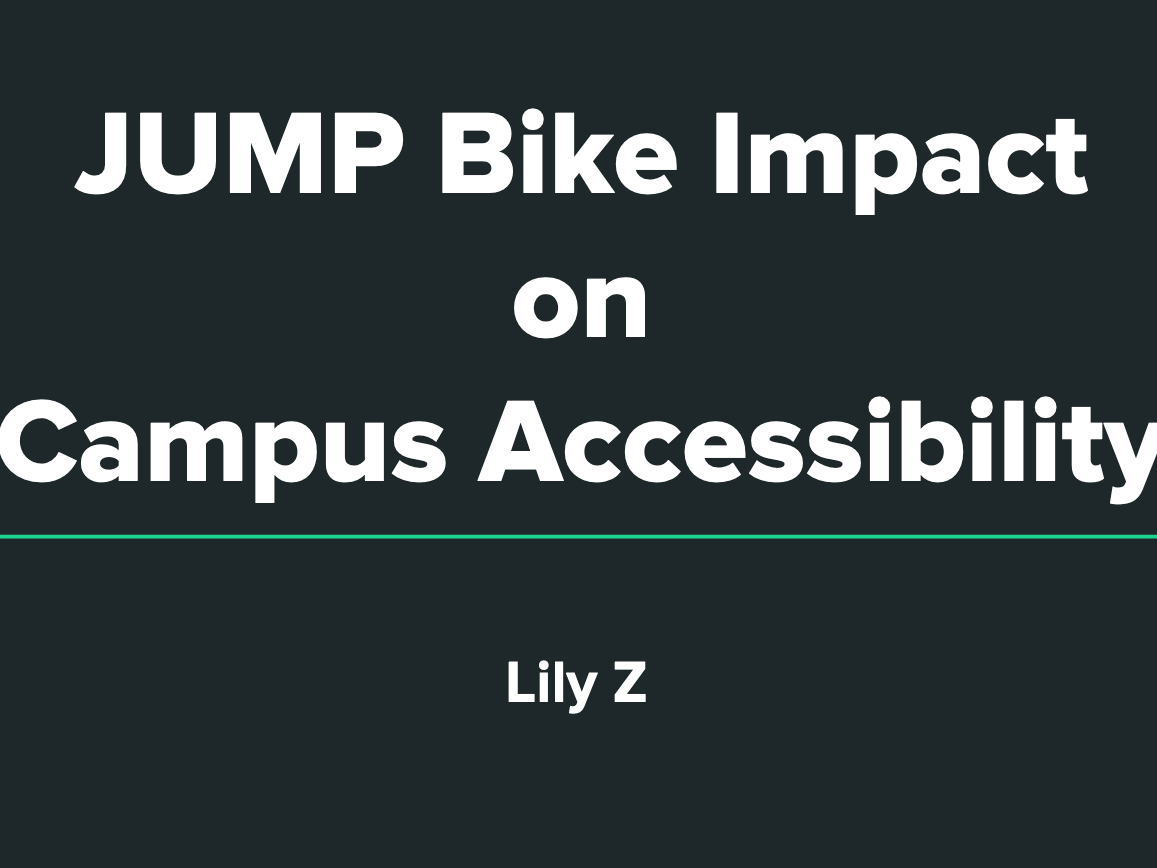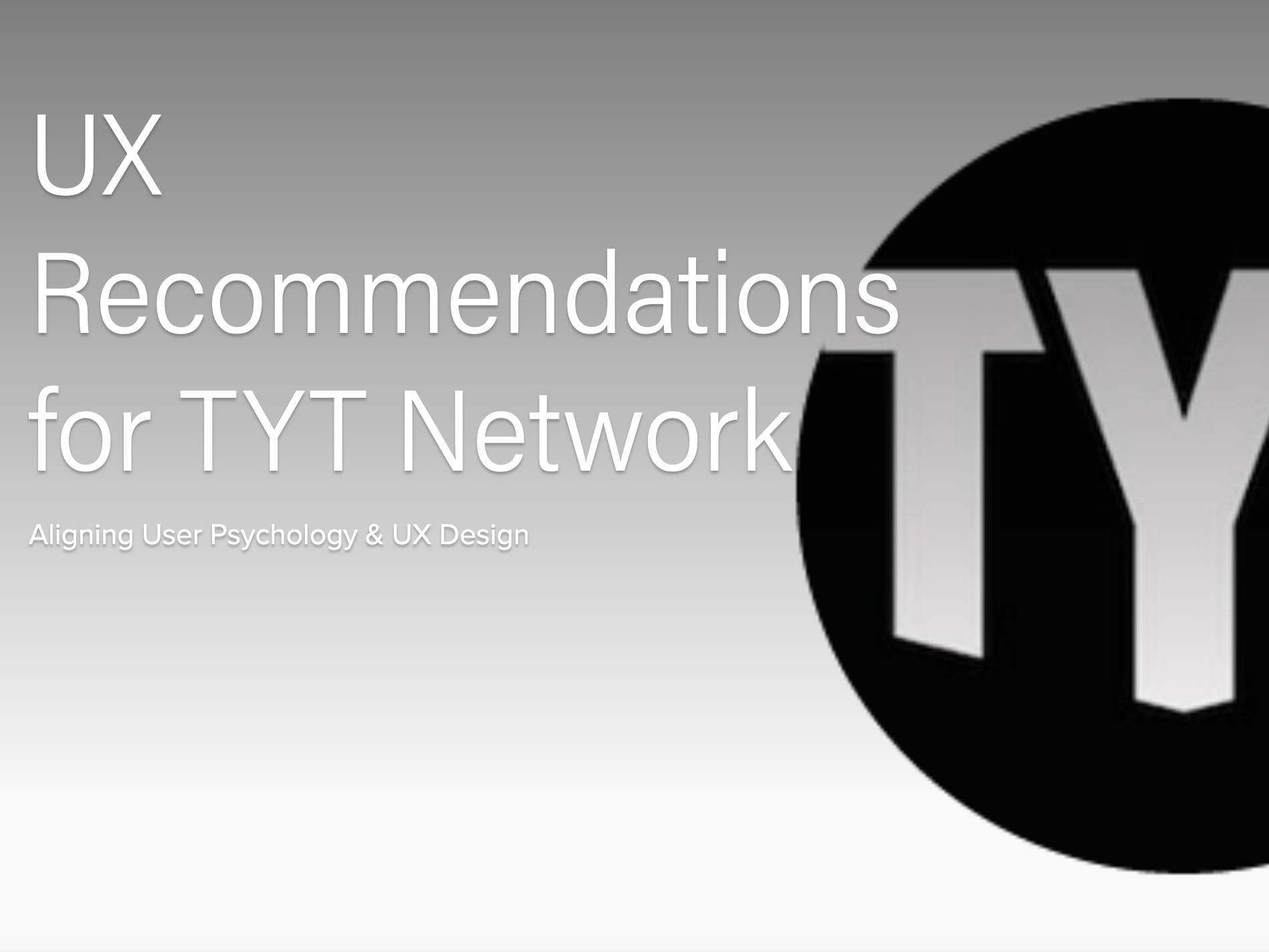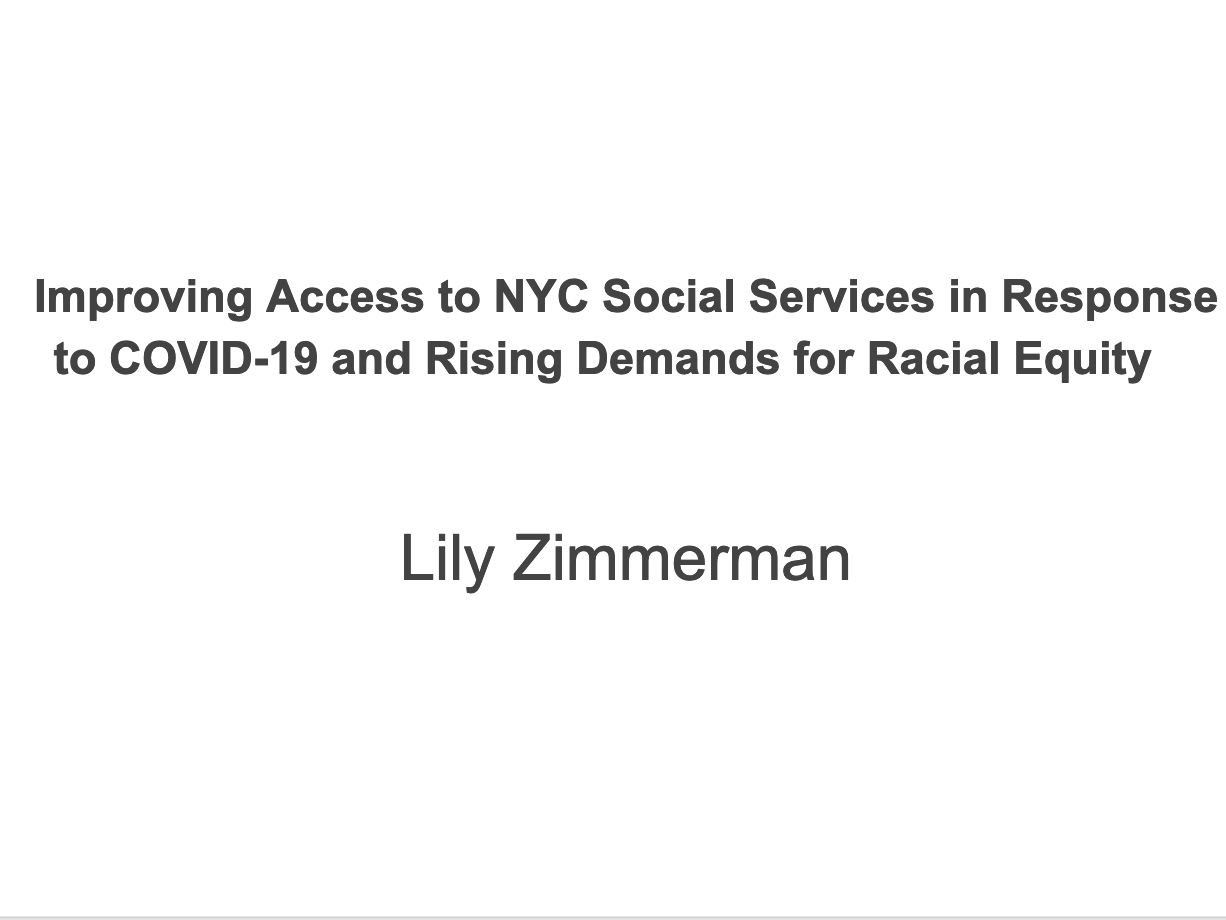Web Accessibility and U.S. Law:
This mini-exhibit contains a simple introduction to web accessibility and the relevant law in the United States.
Along with some cultural context and case law history, you'll find tips for supporting web accessibility and links to other resources so you can explore these topics more on your own!
Please let me know if you have any access difficulties or recommendations for optimizing the accessibility of this site!
What is Web Accessibility and Why Does it Matter?
- Web accessibility means people with disabilities, whether visual, auditory, cognitive, neurological, and beyond, can fully access all functions and content on the internet.
- Examples of web accessibility barriers include images that cannot be read by a screen reader, text that cannot be enlarged or adjusted for users with different visual abilities, or web content that requires a mouse for navigation.
- In the past, and unfortunately still much of the time today, the onus is placed on the web user to get access help from a non-disabled person or make do with an incomplete and unequal web experience.
- Web accessibility is a civil rights issue; and, as you’ll learn, the majority of web accessibility case law hinges on this truth. That’s why every web developer and organization operating over the web should have a comprehensive web accessibility policy.
- As an example, take a look at the University of Washington’s accessibility policy:
UW IT Accessibility Policy - http://www.washington.edu/accessibility/policy/
Web Accessibility Standards
US law frequently refers to the international voluntary standards set by the World Wide Web Consortium (W3C) and its Web Accessibility Initiative (WAI). In short, the W3C is an international coalition of designers, technologists, accessibility advocates, and host institutions such as MIT. Within the W3C, smaller working groups work together, in person, and remotely, over long periods of time, to write and update web accessibility guidelines.
WCAG 2.1 - Web Content Accessibility Guidelines
"A primary goal of WCAG 2 is to provide a shared standard for web content accessibility that meets the needs of individuals, organizations, and governments internationally." [W3C WCAG Benefits Presentation]
WCAG 2.1 Quick Guide:
“POUR” - Perceivable, Operable, Understandable, Robust
Perceivable - Information and user interface can be perceived by individuals of all abilities
Operable - User interface and navigation can be utilized by individuals of all abilities
Understandable - Information and operation of user interface must be intelligible
Robust - Content must be sufficient so as to be interpreted of individuals of all abilities, including those using assistive technologies
See full WCAG 2.1 (Web Accessibility Guidelines)
United States Federal Accessibility Regulation and Compliance
2018 (The year I started this research)
In a 2018 letter to Congress, In a letter to members of Congress, "the Department of Justice (DOJ) clarified that it believes that Title III of the Americans with Disabilities Act (ADA) applies to the websites of public accommodations, even in the absence of affirmative regulations.
The Department of Justice is empowered to issue monetary penalties for entities found to be in violation of these standards. [Web Accessibility: Web Standards and Regulatory Compliance]
The U.S. Access Board provides technical guidance for implementing Section 508. In 2017, the U.S. Access Board published updated ICT Accessibility Standards. Section 508 requirements have been part of Federal procurement regulations since 2000. For more information, see www.access-board.gov/ict or Section508.gov (GSA).
Examples of Key U.S. Web Accessibility Law
When the Rehabilitation Act was enacted one of the issues addressed, government communication, was limited to in-person meetings, mail, and telephone. “Digital information, however, offers the promise of mainstream access: the same information to all, at the same time, through the same modality” [Ensuring Digital Accessibility through Process and Policy]. So, in 1998, in order to usher the aging laws into the future, Congress enacted Section 508
Section 504 prohibits executive agencies of the federal government, U.S.P.S, and recipients of federal financial assistance from denying persons with disabilities participation in and the benefits of, or otherwise discriminating against or excluding such persons from, any “program or activity,” solely on the basis of disability. [29 U.S. Code § 794 - Nondiscrimination under Federal grants and programs]
“Program or activity” includes all governmental operations and all the operations of private educational, health care, housing, social service, parks and recreation institutions, and the entirety of a private entity if the federal assistance is extended to the organization as a whole.[Ensuring Digital Accessibility through Process and Policy]
Section 508 enacted in 1998, requires, that executive agencies of the federal government ensure that this technology is accessible to employees and members of the general public who have disabilities when developing, procuring, maintaining, and using electronic information technology. [9 U.S.C. § 794d] [Ensuring Digital Accessibility through Process and Policy]
Under the FCA (https://www.justice.gov/civil/false-claims-act the department of Justice may issue monetary penalties for entities found to knowingly violate Section 508. [Web Accessibility: Web Standards and Regulatory Compliance, Richard Rutter, Patrick H. Lauke, Cynthia Waddell, Jim Thatcher, Shawn Lawton Henry, Bruce Lawson, Andrew Kirkpatrick, Christian Heilmann, Michael R. Burks, Bob Regan, Mark Urban]
With guidance from the National Council on Disability Congress passed this key U.S. civil rights law prohibiting discrimination based on disability. In 2008, the ADA Amendments Act was passed. This act further defined the term “disability” and reaffirmed broad civil rights protections for people with disabilities. [https://www.eeoc.gov/laws/statutes/adaaa_info.cfm]
Title I (Employment)
Title I of the ADA prohibits disability-based discrimination as it pertains to the rights of employees and job seekers.
Title II (State and Local Governments)
Title II states that, "no qualified individual with a disability shall, by reason of such disability, be excluded from participation in or be denied the benefits of the services, programs or activities of a public entity, or be subjected to discrimination by any such entity”. [42 U.S.C. § 12132.] [Ensuring Digital Accessibility through Process and Policy]
Title III (Public Accommodations and Commercial Facilities)
“Title III of the ADA addresses disability discrimination by places of public accommodation, a broad term that covers lodging and food establishments, exhibition, entertainment and other places the public gathers, retail establishments, professional offices, transit stations, museums, libraries, zoos, parks, private schools, day care, senior citizen and homeless centers, food banks, adoption agencies, golf courses, health spas, and other places for exercise or recreation”. [Ensuring Digital Accessibility through Process and Policy]
In 1996, Congress Amended the Copyright Act to provide that it would not be copyright infringement if a nonprofit organization or a government agency that has a primary mission to provide specialized services relating to training, education, or adaptive reading or information access needs of blind or other persons with disabilities to make and distribute previously published nondramatic copyrighted literary works in specialized formats exclusively for the use by blind and certain other persons with disabilities.
Senator Chafee presented a compromise agreed upon by the National Federation of the Blind and the Association of American Publishers. The statute explicitly included "digital formats" in the definition of "specialized formats". [17 U.S.C. § 121(d)(4)(A)][Ensuring Digital Accessibility through Process and Policy]
The Telecommunications Act of 1996 was the first major change to our nation's communications policy since the passage of the original Communications Act in 1934. “Section 255 requires that manufacturers of telecommunications and customer premises equipment, as well as vendors of telecommunications services, make their products and services accessible to, and usable by, persons with disabilities, unless it is not "readily achievable" to do so. [Web Accessibility: Web Standards and Regulatory Compliance]
Twenty-First Century Communications and Video Accessibility Act of 2010
This law, also known as CVAA seeks to expand accessibility requirements (by allowing the Federal Communication Commission enforce regulations) in order for them to address entities manufacturing of products with, “advance communication services” or those providing these services. [47 U.S.C. § 15] After enacting the CVAA, the FCC extended the scope of CVAA rules under Section 255 of the Telecommunications Act. [Martinez L, Pluke M. Mandate M 376: new software accessibility requirements. Procedia Comput Sci 2014;(DSAI 2013):271–280] Under the updated law, the definition of “telecommunications services” was expanded to include internet service providers and the equipment they manufacture for consumers.
Sample U.S. Web Accessibility Case Law
In 1994, the First Circuit Court held that places of accommodation are not limited to physical facilities
Much of web accessibility case law is argued along the lines of pre-internet accessibility discrimination issues (i.e. architectural accessibility). This ruling was especially important in bringing disability law into the digital age.
An ADA Administrative Complaint was filed with City of San José, California when a city commissioner, who was blind, was unable to access City Council documents necessary for her to fulfill her advisory duties.
The City of San José agreed to cooperate with experts to create a web accessibility design standard. This was designated as a “best practice” by the federal government in 1997.
1999 - NFB vs. AOL Inc
National Federation of the Blind filed suit against America Online Inc, claiming that AOL’s browser and website were not accessible to blind users
The complaint was resolved by mutual agreement between AOL and NFB
AOL agreed to:
- Raise employee awareness of IT accessibility issues
- Take responsibility for developing accessible products and services
- Collaborate with the disability community for input and feedback in designing and producing AOL products and services
The 11th Circuit Court found that a game show holding auditions via telephone discriminated against Deaf people and individuals with differential upper mobility
Court affirmed that the game show company’s actions constituted discrimination under Title III of the ADA despite the auditions being held “offsite” from the actual game show
In NAD vs. Netflix, the First Circuit trial court upheld precedent set by Carparts, stating that Netflix’ online video streaming platform “Watch Instantly” is a place of public accommodation and its services must include Close Captioning in order to be truly accessible to all
In 2015, the National Federation of the Blind sued the web-subscription-based digital library service operated through phones and tablets. The NFB claimed, “Scribd's Web site and apps were inaccessible to blind users "because they use an exclusively visual interface and lack any non-visual means of operation," like screen readers ([National Federation of the Blind v. Scribd Inc., 97 F. Supp. 3d 565, 567 D.Vt. 201] as cited by Ekstrand). The federal district court in Vermont ruled, similarly to the First Circuit court in NAD v. Netflix, that websites and content offered over the internet, are indeed places of public accommodation [Areheart B, Stein M, 2014] as cited by (Goldstein, Taylor, and Lazar, 2015).
The Ninth Circuit ruled that Domino’s Pizza’s website and mobile app were not fully accessible to blind or visually impaired individuals. The ruling stated that the ADA was applicable to the website and app as "places of public accommodation".
2021-2022 - DOJ reaches settlement agreements with CVS Pharmacy Inc., Hy-Vee Inc., The Kroger Co., Meijer Inc. and Rite Aid Corporation in an effort to guarantee COVID-19 vaccine appointments and online informational resources for individuals with disabilities.
March 2022 - Justice Department Issues Web Accessibility Guidance Under the Americans with Disabilities Act
A Final Word:
Web accessibility law in the United States has come a long way; however, as it has been interpreted and enforced, it is still far from securing total equal web access for individuals with disabilities. While lawyers and advocates work to further enshrine web accessibility civil rights in United States law in our ever-changing technological environment, everyone else (especially communications professionals) can play an integral role in shifting the conversation toward increased inclusivity and web accessibility. Web accessibility-optimized sites and content quite often afford benefits to non-disabled folks as well! Using accessibility guidelines to design user interfaces actually leads to more and better web experiences for everyone (i.e. structuring web pages into different sections for screen readers often makes the content more digestible for everyone). A function like alternative text for images not only creates a more inclusive experience for certain individuals with disabilities, but also could allow someone using the internet with lower bandwidth to access a textual description of an image without having to download the actual image file.
If the ethical and moral implications aren’t enough to convince you to take web accessibility more seriously, perhaps the potential legal repercussions will do the trick. As a web designer, if your client faces a claim of discrimination, they may likely turn to an indemnification clause in your contract to seek recovery damages from YOU.
Web Accessibility Takeaways for Communications Professionals
Get educated and stay educated.
Be aware of both Federal, local, and international law and standards
Learn about disability rights history
Listen to stories and perspectives shared by individuals with disabilities
Plan ahead to make sure accessibility standards and procedures are clear and fully supported by all
More Tips for Web Accessibility
Provide an Access Instruction page for visitors (explain accessibility features of the website and provide an e-mail hyperlink for visitors to communicate problems with web page accessibility).
Provide support for text browsers and descriptive hyperlinks (links such as this and click here do not alone convey the nature of the target link).
Attach alt-text to graphic images so that screen readers can identify the content.
For each photograph contributing meaningful content to the page, provide a hyperlink to a page providing descriptive text of the image.
Provide text transcriptions or descriptions for all audio and video clips.
Provide alternative mechanisms for online forms since forms are not supported by all browsers (such as e-mail or voice/TTY phone numbers).
Avoid access barriers such as the posting of documents in PDF, nonlinear format, Frame format, or requiring visitors to download software for access to content. If posting in PDF, then accessible HTML or ASCII must also be posted by the web-master converting the document. [Web Accessibility: Web Standards and Regulatory Compliance]
Sources
Ensuring Digital Accessibility through Process and Policy, by Anne Taylor, Daniel F. Goldstein, Jonathan Lazar, Published by Morgan Kaufmann, Release Date: June 2015, ISBN: 9780128007105 (Accessed from: https://www.safaribooksonline.com/library/view/ensuring-digital-accessibility/9780128007105/)
Web Accessibility: Web Standards and Regulatory Compliance, by Andrew Kirkpatrick, Patrick H. Lauke, Jim Thatcher, Shawn Lawton Henry, Cynthia D. Waddell, Bruce Lawson, Michael R. Burks, Christian Heilmann, Mark Urban, Richard Rutter, Bob Regan, Published by friends of ED, Release Date: July 2006, ISBN: 9781590596388 (Accessed from: https://www.oreilly.com/library/view/web-accessibility-web/9781590596388/)
Martinez L, Pluke M. Mandate M 376: new software accessibility requirements. Procedia Comput Sci 2014;(DSAI 2013):271–280









